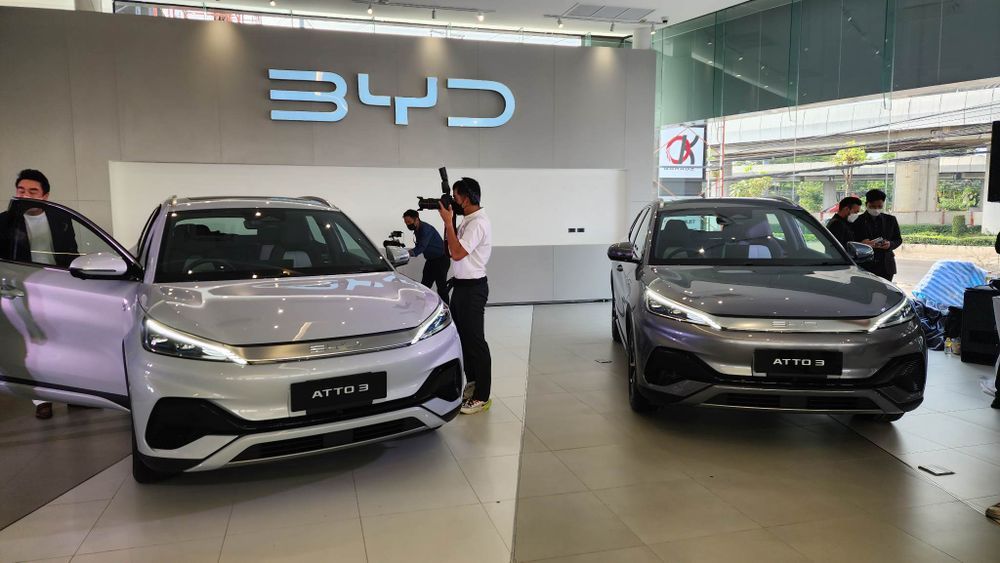中国の新エネルギー車輸出貿易における課題と解決策
According to previous trends and general conditions, China’s new energy vehicle export trade may face the following difficulties in 2023。

Existing Problems
- International trade policy: Global trade policy may have an impact on China’s new energy vehicle exports. Trade wars, tariffs and other restrictive measures could hinder or increase costs for exports.
- Market access: Different countries and regions may have different market access standards and certification requirements for new energy vehicles, and may need to meet a series of technical and safety standards.
- Competitive pressure: China’s new energy vehicle export market is highly competitive. International brands and competitors in other emerging markets may pose challenges in terms of brand awareness, technological innovation and market share.
- Localization requirements: Some countries may impose localization requirements on the export of new energy vehicles, requiring the establishment of local production bases or partners in order to increase employment and promote the local economy.
- Charging infrastructure: New energy vehicles need adequate charging infrastructure support, but in some export destinations, the charging infrastructure may not be perfect, which may affect consumers’ acceptance of new energy vehicles.
- Service and after-sales support: Exporting new energy vehicles requires the establishment of a sound service and after-sales support network, including technical training, spare parts supply and customer support, to provide a satisfactory purchase and use experience.
- Quality and safety standards: Different countries may have different quality and safety standards for new energy vehicles, and exported vehicles must comply with the regulations and standards of the destination country.
- Battery recycling and reuse: The recycling and recycling of new energy vehicle batteries may cause concern in some export destinations. Addressing the environmental concerns of battery waste is an important challenge.
Solution To The Problem
- Government cooperation and negotiation: Actively cooperate and negotiate with the target country’s government to strive for a more favorable policy environment for export and reduce trade restrictive measures.
- Technology upgrades and standard compliance: Continue to invest in research and development and technology upgrades to ensure that exported vehicles meet the market access standards and certification requirements of various countries and improve product competitiveness.
- Market analysis and positioning: In-depth study of the market demand of the target country, precise positioning of the target audience, and adjustment of product specifications and pricing strategies according to market demand.
- Brand building and marketing: Strengthen brand building and publicity, increase product awareness and credibility, and attract more international consumers to choose Chinese new energy vehicles.
- Localized cooperation and production: Cooperate with local enterprises in the target country to establish a local production base or cooperate in production to meet the localization requirements of the target country.
- Charging infrastructure investment: Cooperate with partners in target countries to jointly invest in charging infrastructure construction, solve charging problems, and increase market acceptance of new energy vehicles.
- After-sales service network construction: establish a complete after-sales service network, provide technical training and spare parts supply, and ensure after-sales support and maintenance services for exported vehicles.
- Quality and Safety Management: Strictly implement the quality and safety management system to ensure that the exported vehicles meet the quality and safety standards of the target country.
- Environmental protection and sustainable development: Strengthen research and investment in battery recycling and reuse, explore solutions for environmental protection and sustainable development, and enhance the environmental protection image of products.
- Strategic cooperation and alliance: Actively seek strategic cooperation and alliance with international partners to jointly cope with market challenges and promote the development of new energy vehicle export trade.

 中国における自動車
中国における自動車